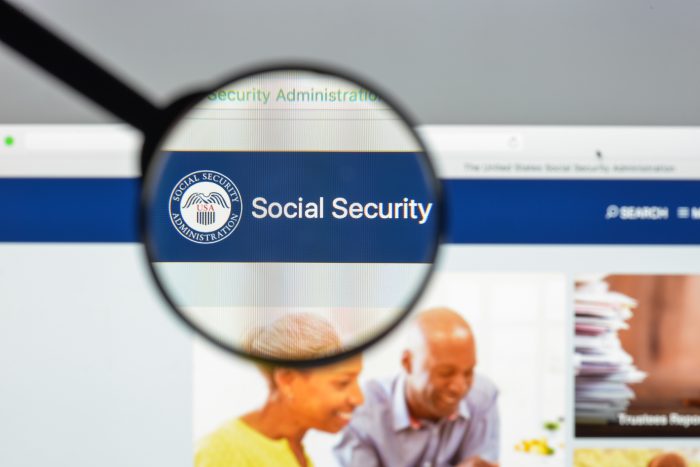Social Security Reform: A Pragmatic Assessment of Where We Are - prescottenews.com; TCRS

Social Security has taken somewhat of a backseat in the 2024 presidential election cycle, with the need for action to correct the long-term problem funding problem overshadowed by the tepid pledges to “protect” the program. This absence of serious attention isn’t playing well with many Americans, and a recent study by Transamerica Center for Retirement Studies (TCRS) bears this out. This study noted that 62% of a 10,000-respondent survey suggests that action to address the Social Security insolvency issue needs to be the highest priority for the incoming administration and the next Congress. This preference is even more acute among retirees, where more than 8 in 10 urge policymakers to address the issue.
Still, no concrete pathways have been laid in Washington to tackle a problem that has been evolving over decades and has been the subject of repeated alarm bells since before the turn of the century. News media have–lately, anyway–been calling attention to the fact that Social Security is less than a decade away from total depletion of its cash reserves and a severe cut in benefits for all, but Congress and both presidential campaigns have continued to avoid serious discussion on remedies. This brinkmanship, unfortunately, tends to cause anxiety among those who depend on Social Security for critical support in their later years. And, in the case of future beneficiaries, the result can be the emergence of misguided decisions on when to file for benefits.
It would be a massive understatement to say that it’s a simple matter of changing the system. It’s complex, and many moving parts need to be considered to resolve the looming funding crisis in a manner that is realistic and as equitable as possible. In a post today on prescottenews.com, retired Social Security Administration executive and spokesperson Tom Margenau looks at the minefield that is Social Security reform, offering perspectives on why inertia seems to be the lay of the land on this subject. It’s a pretty good synopsis; you can read it fully here. Also, if you’d like to check out the TCRS study mentioned earlier, click here.
